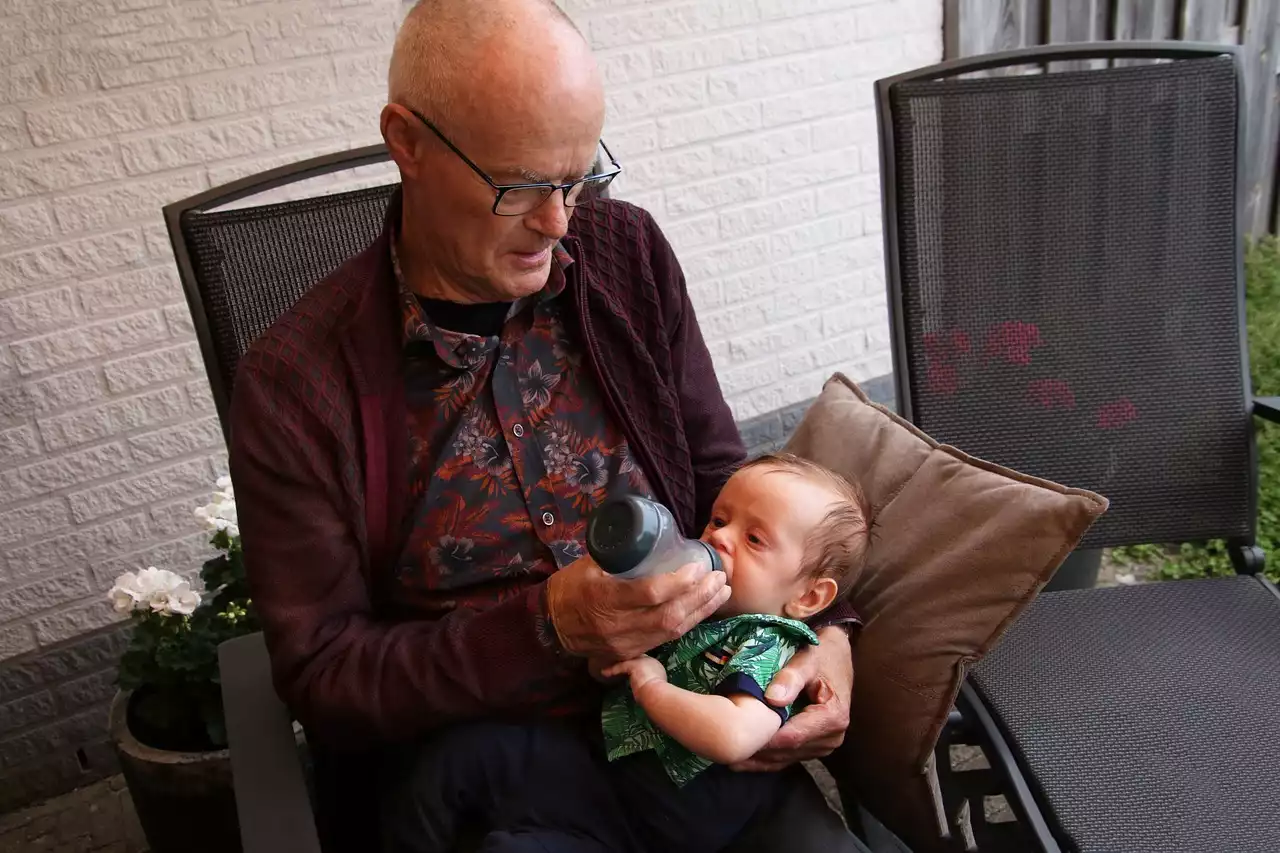What is Impetigo?
Impetigo is a bacterial infection that can affect the skin, particularly around areas that are scraped, scratched, or broken. This is contagious and common in children, particularly those under 10 years, though it’s possible for others to develop it as well. Impetigo most often appears as small red blisters that may crust over and leave marks on the skin. The blisters can also be spread to the face, hands, and arms. Impetigo can be painful and cause a lot of discomfort, particularly for younger children. It can also lead to a lot of anxiety and stress for parents, as the infection is highly contagious and could spread to other family members. While impetigo is not a serious health condition, it should be treated as quickly as possible to avoid scarring and spreading the infection to other people.
Symptoms of Impetigo
Impetigo can affect the face or other parts of the body, including the hands and arms. While impetigo may appear on any part of the body (including the genitals), it most often appears on the face, hands, arms, and legs. The most visible signs of impetigo are small red blisters that eventually form scabs. If the infection is on the face, it is more likely to result in a rash of pustules or pimples instead of blisters. Some children may also experience itching, swelling, and a growing fever. These signs may be less noticeable in children who are too young to communicate their discomfort.
Causes of Impetigo
Impetigo is caused by bacteria that enter the skin through a cut, scratch, or other break in the skin. The most common types of bacteria that cause impetigo are Staphylococcus aureus or Streptococcus pyogenes. Poor hygiene, such as not washing or sanitizing hands regularly and not cleaning the skin properly, can increase the risk of impetigo. A child with a weakened immune system will be at greater risk of developing impetigo. This can occur after receiving antibiotics, which can kill bacteria and other microorganisms in the body, but also kill helpful bacteria in the gut. This can cause the impetigo-causing bacteria to multiply and spread more easily.
Diagnosing Impetigo
A parent may notice a rash of red bumps or blisters on their child's skin that may look like acne. If they are concerned that the rash may be impetigo, they should consult a doctor. The doctor will examine the rash and may scrape a sample of skin and fluid from the blisters for laboratory testing. If the doctor suspects impetigo, the diagnosis will be confirmed with a positive impetigo culture. This may be done with a swab, or a doctor may take a small sample of fluid or fluid under the blister and culture it in a laboratory to determine which bacteria is causing the impetigo.
Treatments for Impetigo
If impetigo is diagnosed, it is important to start treatment as soon as possible. Treatment may include: Soothing the skin with mild cleansers, like a gentle soap, lukewarm water, and a soft washcloth Squeezing and draining blisters Covering the rash with a non-stick bandage to protect the skin from additional bacteria Avoiding touching the rash, which can further spread the bacteria to other parts of the body and other people Antibiotic ointments to kill the bacteria and speed up healing time.
Prevention tips for Impetigo
There are a few steps parents can take to prevent the transmission of impetigo from one child to another. Physicians often suggest that family members, particularly parents and siblings, receive preventive antibiotics. This can be helpful in preventing the spread of bacteria, particularly when a child has a weakened immune system. Parents can also help prevent contagious diseases and infections, including impetigo, by: Cleaning hands frequently with soap and water Washing all wounds properly and promptly Covering any cuts or scrapes with clean bandages Avoiding sharing towels, washcloths, clothing, or other items that may be easily contaminated
Complications of Impetigo
A complicated rash may require antibiotic ointment or other medications to heal. If not treated, impetigo can spread to the bloodstream and other organs. In rare cases, impetigo can result in a life-threatening infection, particularly for people with a weakened immune system, such as infants, the elderly, or people with diabetes. If a child has impetigo, it is important to prevent the spread of the infection. Parents should help prevent the spread of impetigo by: Washing hands frequently with soap and water Cleaning and covering any cuts or scrapes that their children may have Washing bedding and clothing regularly, including stuffed animals
Support and Resources for Parents
As a parent, you may feel overwhelmed by the amount of information you have learned about impetigo. It is important to remember that you are doing a great job taking care of your child. You may also be eager to connect with other parents who may be going through a similar experience. Online support groups are an excellent resource for connecting with parents who are going through what you are going through. You can also ask your child's doctor or healthcare provider to suggest resources and support groups in your area. You may also feel comfortable contacting your child's school to discuss the impetigo and the steps you have taken to prevent it from spreading.
Coping with Impetigo as a Parent
Caring for a sick child is always stressful, particularly when dealing with a highly contagious bacterial infection. It is important for parents to know that they are not alone in this experience, and that they can get through it together. Here are a few tips for staying calm and collected when dealing with an impetigo infection: Stay hydrated: Drinking plenty of water can help you to stay hydrated, which is important for the healing process. Stay away from caffeinated beverages, which can dehydrate the body. Get plenty of sleep: This may sound simple, but it can be one of the most effective ways to manage stress when caring for a sick child. Your child will likely be dealing with discomfort as a result of the impetigo, and getting adequate rest can help you to remain calm, collected, and focused. Focus on your child's health: Getting frustrated or angry with your child during their illness can only make the situation more stressful. Try to keep your thoughts focused on your child's health and wellness, and do your best to avoid letting frustration or anger get the best of you.
Summary of Impetigo in Children when Parenting
Impetigo is an infection that causes red, itchy blisters on the skin and can be very contagious. It is important for parents to be aware of the warning signs of impetigo in children, which include scaly or red skin, and a rash that may look like acne. The infection can be treated with antibiotic ointments or creams, and can also be prevented by keeping hands clean and avoiding sharing items that may be easily contaminated.









